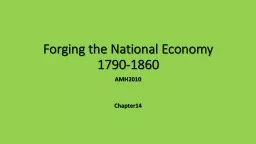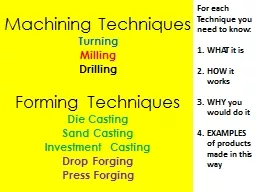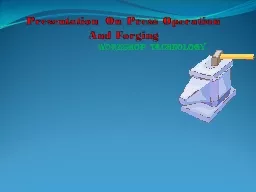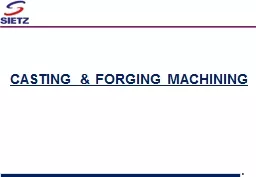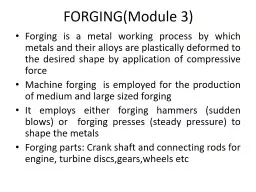PPT-Forging the National Economy
Author : marina-yarberry | Published Date : 2016-12-22
17901860 AMH2010 Chapter14 Themes Westward Movement Immigrants Industrial Revolution Infrastructure Westward Movement Half the American population was under the
Presentation Embed Code
Download Presentation
Download Presentation The PPT/PDF document "Forging the National Economy" is the property of its rightful owner. Permission is granted to download and print the materials on this website for personal, non-commercial use only, and to display it on your personal computer provided you do not modify the materials and that you retain all copyright notices contained in the materials. By downloading content from our website, you accept the terms of this agreement.
Forging the National Economy: Transcript
Download Rules Of Document
"Forging the National Economy"The content belongs to its owner. You may download and print it for personal use, without modification, and keep all copyright notices. By downloading, you agree to these terms.
Related Documents

